Today, I want to dive into a topic that is often misunderstood — the subwoofer. Many people think subwoofers are just for delivering deep bass, but in reality, their role goes far beyond that. I will reveal the true purpose of a subwoofer, helping you better understand its multifaceted function and how to maximize its potential to enhance your audio experience.
From home theater systems to music playback and gaming, subwoofers have become a key component in elevating sound quality. I will guide you through the design principles, working mechanisms, and why subwoofers are indispensable in modern audio setups. More importantly, we’ll explore how subwoofers work in tandem with other audio equipment to provide an unparalleled sound experience.
The Basic Principles and Working Mechanism of a Subwoofer
First, let’s understand how a subwoofer works. A subwoofer (also known as a woofer or bass speaker) is a type of speaker designed specifically to reproduce low-frequency sounds, typically in the range of 20Hz to 200Hz. The main function of a subwoofer is to enhance the low-frequency response in an audio system, providing deep, rich bass sounds.
1. Subwoofer Design
Subwoofers are typically larger than regular speakers and contain larger driver units. The size of the driver unit determines the subwoofer’s ability to produce low-frequency sounds, which is why subwoofers often have drivers that are 8 inches, 10 inches, or even larger in diameter.
Additionally, subwoofers can come in either sealed or ported (reflex) enclosures. Sealed subwoofers are more compact and provide precise bass reproduction, while ported subwoofers use a specially designed port to enhance the low-end response, resulting in a more powerful and rumbling bass, especially at lower frequencies.
2. How It Works
Subwoofers produce bass by generating vibrations that move the air and create sound waves. The driver unit vibrates to produce low-frequency sound waves. Since low-frequency sound waves have longer wavelengths, the subwoofer needs more power and space to generate those deeper sounds.
3. Subwoofer Placement
The placement of a subwoofer is critical to its performance. While you can place a subwoofer anywhere in a room, it typically works best when positioned near walls or corners. This is because the walls and corners help amplify and reflect the low-frequency sound waves, enhancing the bass response. However, placing the subwoofer in a completely enclosed space can cause the bass to sound too muffled or “boomy,” so it’s important to find a balance.
A Subwoofer’s Purpose Goes Beyond Just Bass
When people think of a subwoofer, their first thought is often, “It’s just for producing deep bass!” However, the real value of a subwoofer lies in its ability to enhance the entire sound system, providing a fuller, richer audio experience.
1. Enhancing Overall Sound Balance
Every speaker in an audio system has a specific frequency range it handles. Typically, main speakers (such as mid-range and tweeter drivers) focus on mid to high frequencies, while the subwoofer takes care of the low-end. Without a subwoofer, the main speakers might not be able to fully cover the low-frequency range, resulting in weak or missing bass. Adding a subwoofer extends the frequency range of the system, delivering a more balanced, well-rounded sound.
2. Boosting Immersion
A subwoofer’s deep bass adds an extra layer of immersion, especially in movies and gaming. Explosions, gunshots, rumbling spacecraft, and the roar of a dragon all benefit from the added depth a subwoofer provides. In games, the bass can make explosions feel more intense, and the vibrations can give you a more tactile, immersive experience. The bass doesn’t just enhance the sound; it can also physically affect you by making you feel the vibrations.
3. Improving Soundstage and Imaging
A subwoofer’s role isn’t limited to boosting bass. It also helps to improve the soundstage and imaging in a multi-channel audio system. By handling low frequencies, the subwoofer takes the load off the main speakers, allowing them to focus on mid and high frequencies. This leads to a more precise and clear soundstage, where sounds are more accurately positioned in space.
4. Reducing Distortion and Muddiness
When the main speakers are tasked with handling too much of the bass, it can lead to distortion or muddiness in the sound. The subwoofer reduces this burden, allowing the main speakers to reproduce mid and high frequencies more clearly. This results in a cleaner overall sound, with the bass and treble both being well-defined.

How to Choose the Right Subwoofer
Selecting the right subwoofer isn’t just about the price or looks; its performance and sound quality are what truly matter. Here are some factors to consider when choosing a subwoofer:
1. Subwoofer Size
The size of the subwoofer directly affects its bass response. Generally, the larger the subwoofer, the deeper and more powerful the bass it can produce. Common subwoofer sizes range from 8 inches to 12 inches or more. Choosing the right size depends on the size of the room and your personal bass preferences.
2. Frequency Response Range
The frequency response range is an important indicator of how well the subwoofer can reproduce bass. A wider frequency range allows the subwoofer to produce more detailed and powerful low-end sounds. Most subwoofers offer a frequency response range from 20Hz to 200Hz, with anything lower than 20Hz delivering even deeper bass.
3. Power and Output
The power of a subwoofer determines how forcefully it can produce sound. A subwoofer with higher power output can generate more intense bass. It’s essential to choose a subwoofer that matches the size of your room and the level of bass you desire, without overwhelming your space with too much noise or distortion.
4. Connectivity
Subwoofers come with either wired or wireless connectivity options. Wired subwoofers use audio cables to connect to the receiver, while wireless subwoofers connect via Wi-Fi or Bluetooth. Wireless subwoofers offer more flexibility in placement and eliminate the need for cables, making them ideal for modern home theater setups.
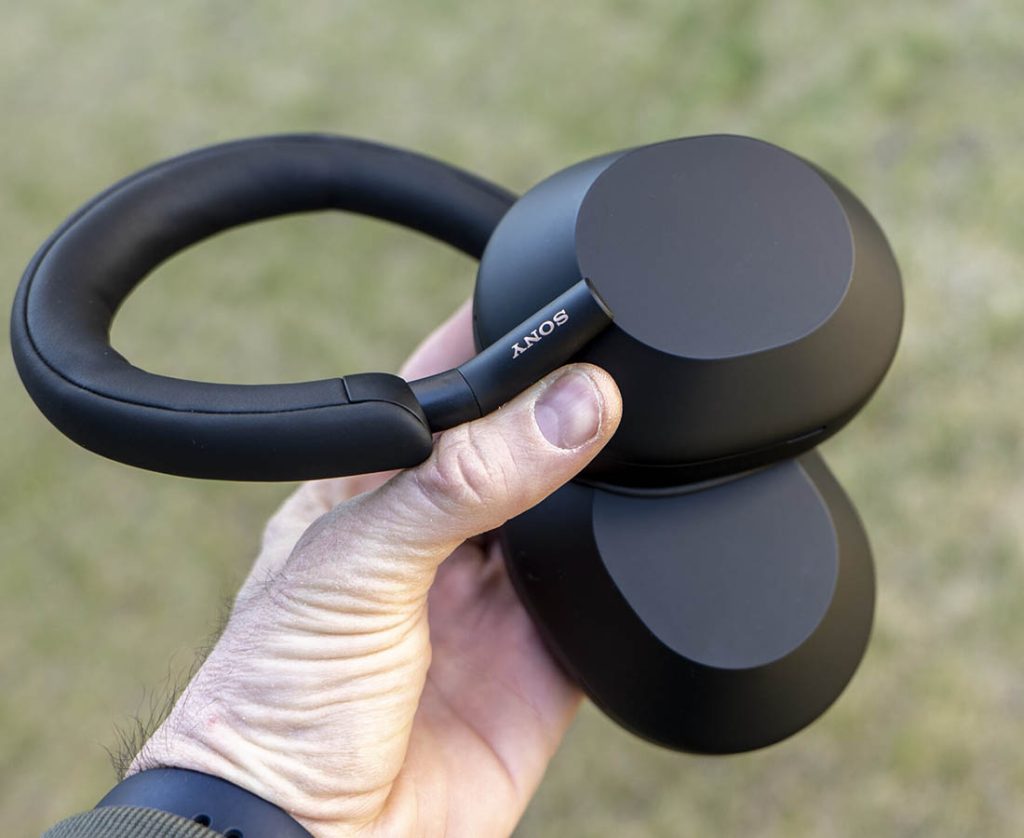
Recommended Products
Here are two subwoofers that are highly regarded for their performance and value for money in the market:
1. SVS SB-1000 Subwoofer
The SVS SB-1000 is a compact yet powerful subwoofer with a 12-inch driver that provides deep, precise bass. Its frequency response range extends from 24Hz to 260Hz, ensuring excellent low-end performance. Additionally, it offers wireless capabilities, making it a great option for users who need flexibility in placement.
- Pros: Deep bass, compact design, wireless option
- Price Range: Around $500
2. Klipsch R-120SW Subwoofer
The Klipsch R-120SW features a 12-inch driver and offers incredibly strong bass output, making it perfect for large rooms and home theater systems. Its exclusive technology ensures clear and efficient bass even at high volumes.
- Pros: Powerful bass, durable design, efficient performance
- Price Range: Around $350
The role of a subwoofer goes far beyond just producing deep bass. It’s essential for balancing the entire sound system, improving immersion, optimizing the soundstage, and reducing distortion. When selected properly, a subwoofer enhances the overall audio experience, providing you with richer, more immersive sound in movies, music, and gaming. I hope this article helps you understand the true purpose of a subwoofer and how to choose the right one for your audio setup. If you have any questions or need more product recommendations, feel free to leave a comment below!
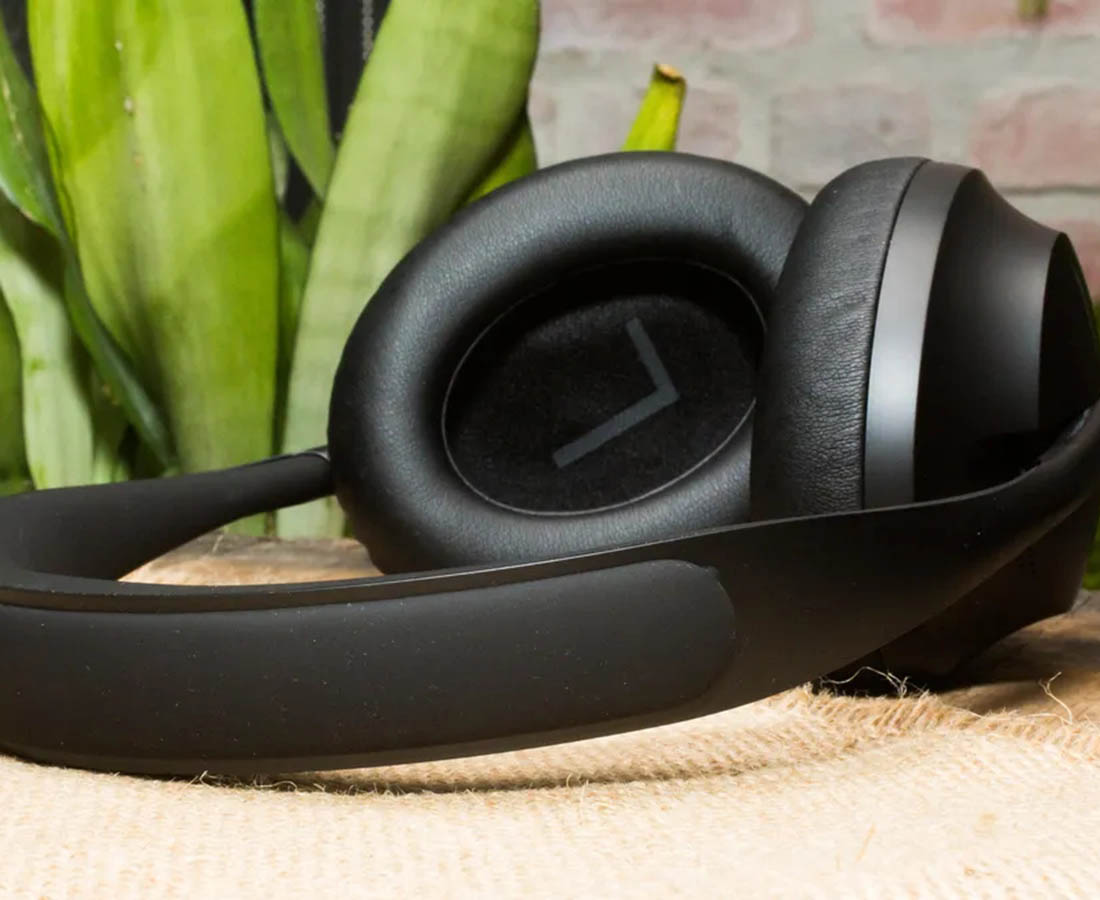
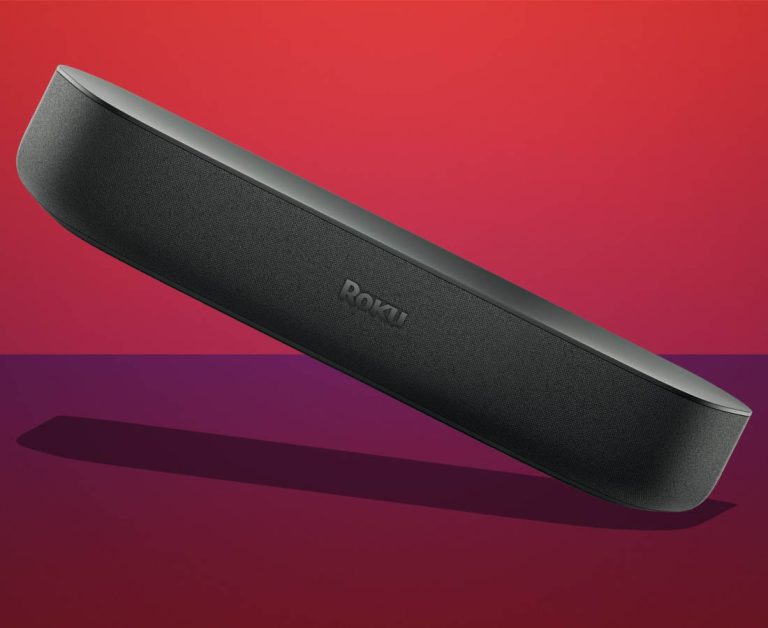
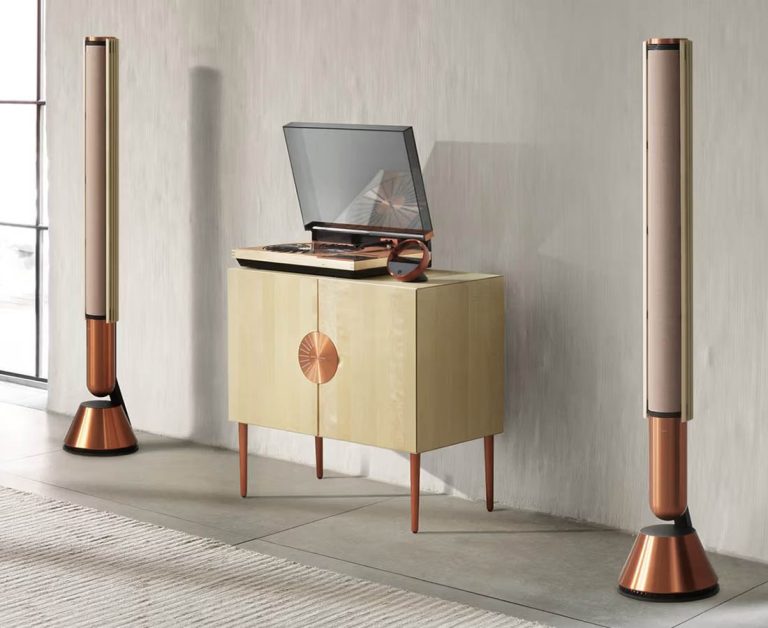
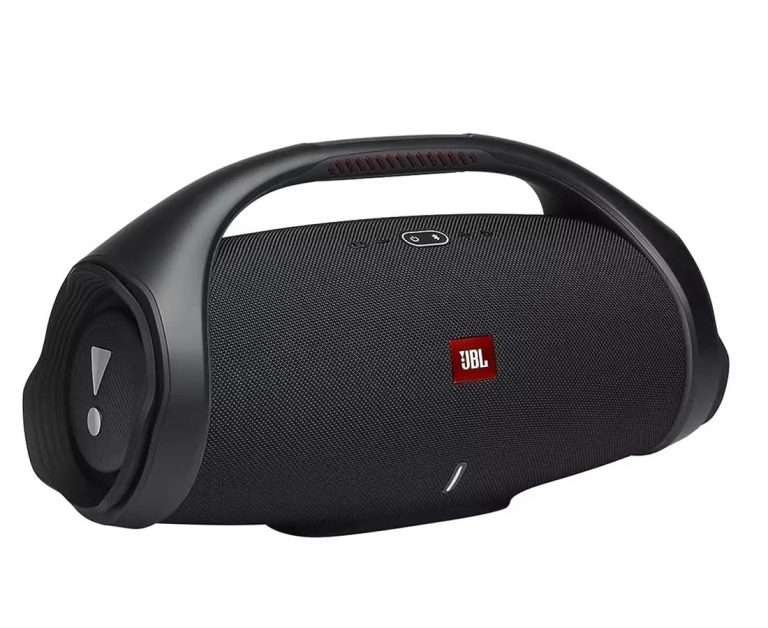

-768x628.jpg)



-768x628.jpg)
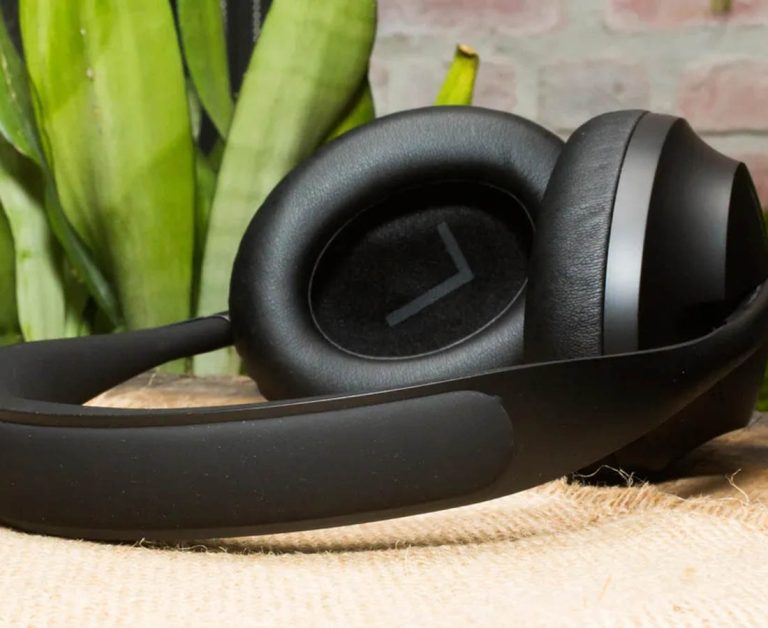
+ There are no comments
Add yours